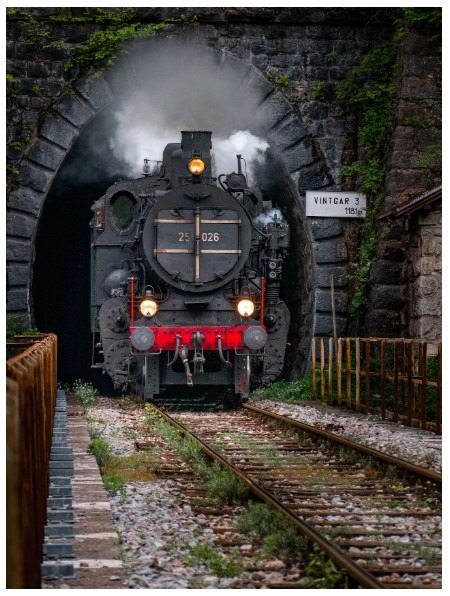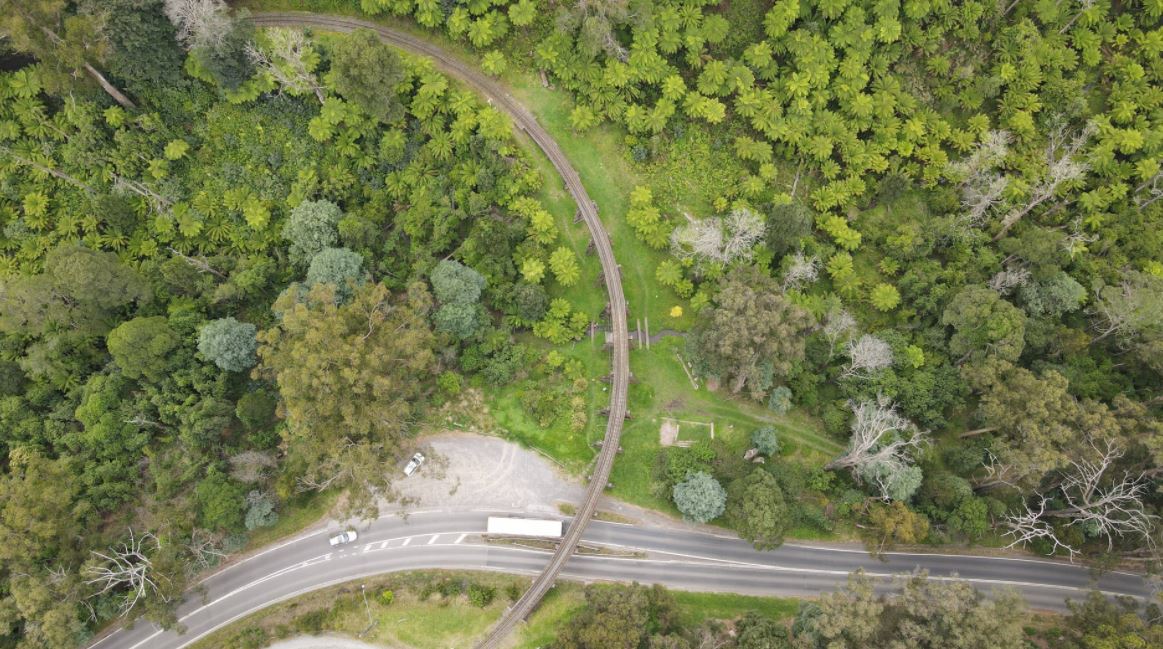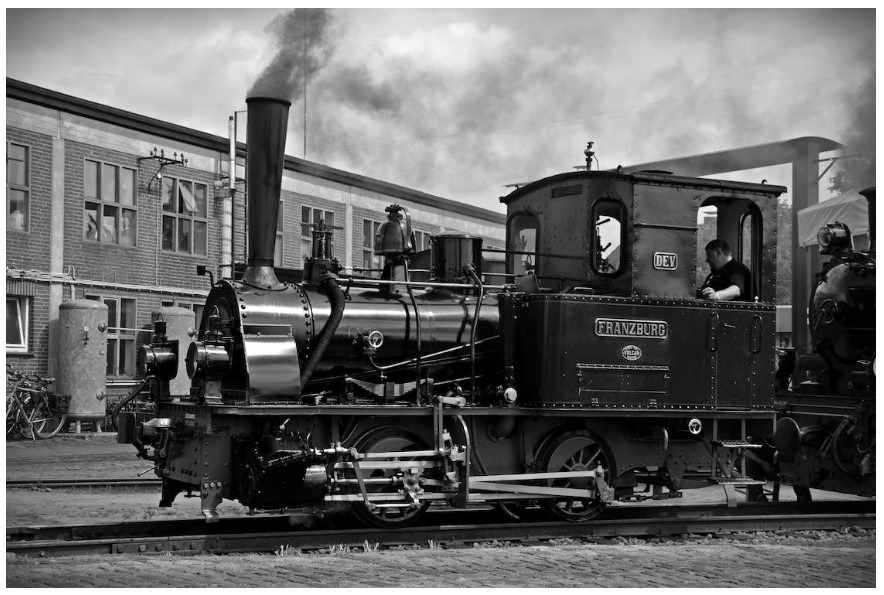Explore the Evolution of High-Speed Rail Design
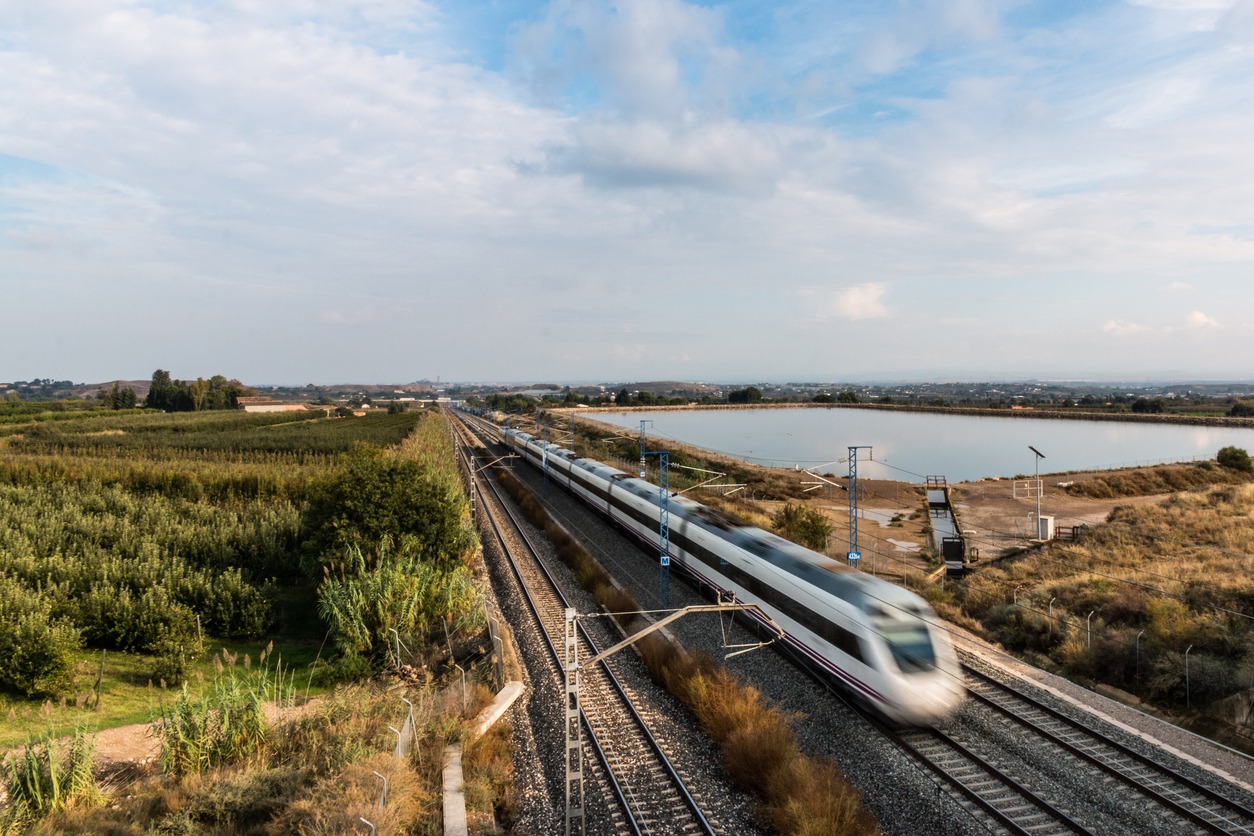
High-speed rail has revolutionized the concept of train travel, merging unparalleled speed with groundbreaking technological advancements. This journey from steam-powered locomotives to the electric and maglev trains of the modern era encapsulates a relentless pursuit of efficiency, safety, and environmental sustainability. The evolution of high-speed rail is marked by significant milestones: from the initial experiments with steam engines to the adoption of electric traction motors and the revolutionary introduction of magnetic levitation technology. Each phase in this evolution was driven by the dual goals of enhancing passenger experience and minimizing the environmental footprint of train travel. Today, as we stand on the brink of fully autonomous and sustainably powered high-speed trains, this article explores the key innovations, challenges, and technological impacts that have shaped high-speed rail design. Through a lens of precision engineering and sustainability, we delve into what the future holds for this transformative mode of transportation.
What is high-speed rail?
High-speed rail represents the pinnacle of train travel, operating at speeds far surpassing traditional rail services. It's defined by its advanced propulsion systems, specialized track designs, and streamlined trains, all engineered for speed and efficiency. This mode of transportation is not just about minimizing travel time; it's also about enhancing safety and reducing environmental impact, making it a key player in the future of public transit. Innovations such as electric traction motors and magnetic levitation (maglev) technology are at the forefront of high-speed rail's evolution, pushing the boundaries of what's possible in sustainable and rapid transit.
How did high-speed rail design evolve?
The transformation of high-speed rail design marks a significant journey from steam engines to the cutting-edge electric and maglev trains of today. Initially rooted in the power of steam, the quest for greater efficiency and speed catalyzed the shift towards electric-powered trains. This evolution was significantly propelled by the Shinkansen in Japan during the 1960s, which redefined the possibilities of rail speed and efficiency on a global scale. Following this, both Europe and North America made substantial contributions, pushing the boundaries of high-speed rail technology further. The advent of magnetic levitation (maglev) technology represented a groundbreaking leap, offering unprecedented speeds and setting the stage for the future of train travel. Throughout this journey, the overarching goal has been to harmonize technological advancement with passenger safety and environmental sustainability, ensuring that high-speed rail remains at the forefront of efficient and responsible transportation.
From steam engines to electric trains
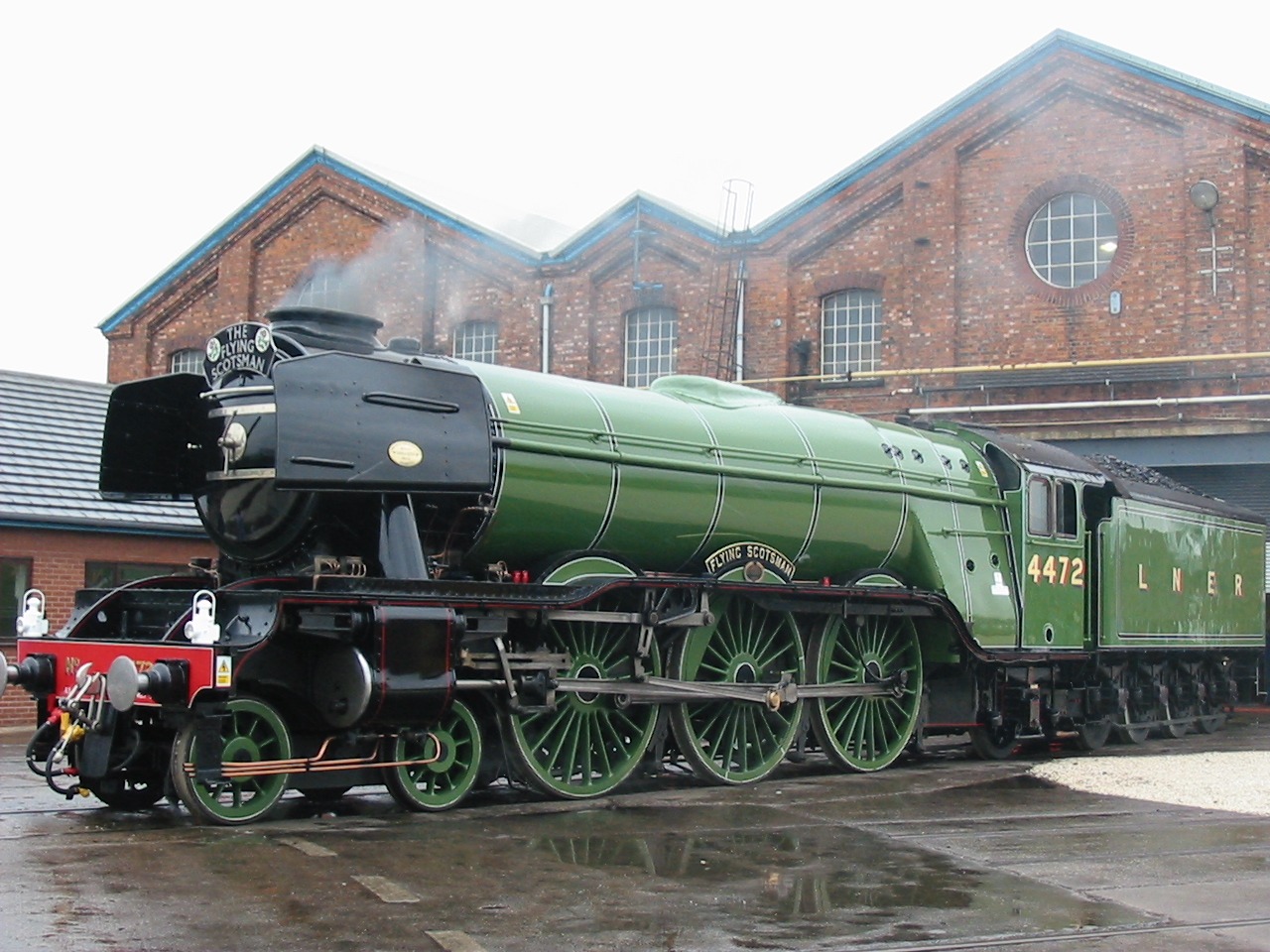
The transition from steam engines to electric trains marked a significant evolution in high-speed rail, introducing a new era of efficiency and environmental sustainability.
| Year | Train | Country | Description |
|---|---|---|---|
| 1879 | Siemens & Halske | Germany | First demonstration of electric traction. |
| 1903 | Valtellina Line | Italy | First full-scale electric train operation. |
| 1933 | Burlington Zephyr | USA | Introduction of diesel-electric propulsion, setting speed records. |
This shift not only increased speeds but also reduced the environmental impact of rail travel.
Early research
Early research laid the groundwork for modern high-speed rail technologies, focusing on enhancing speed and safety.
| Year | Project | Country | Key Focus |
|---|---|---|---|
| 1955 | Odakyu 3000 series SE | Japan | Achieved 145 km/h, setting a precedent for high-speed rail. |
| 1960s | Aerotrain | France | Experimented with hovercraft technology for reduced friction. |
Breakthrough: Shinkansen
The Shinkansen, or Bullet Train, introduced by Japan in 1964, set new standards for speed and efficiency in rail travel.
| Feature | Innovation | Impact |
|---|---|---|
| Speed | Capable of 210 km/h | Redefined global expectations for rail speed. |
| Design | Streamlined aerodynamics | Minimized drag, enhancing efficiency. |
| Safety | Dedicated tracks | Reduced accidents and increased reliability. |
Europe and North America
Following Japan's lead, Europe and North America developed their high-speed rail projects, each adapting the technology to their specific needs.
| Region | Train | Year Introduced | Top Speed |
|---|---|---|---|
| Europe | TGV (Train à Grande Vitesse) | 1981 | 300 km/h |
| North America | Acela Express | 2000 | 240 km/h |
These projects emphasized cross-border connectivity in Europe and speed in densely populated corridors in North America.
Introduction of magnetic levitation (maglev) technology
Magnetic levitation technology represents the latest advancement in high-speed rail, offering unprecedented speeds.
| System | Location | Year Operational | Top Speed |
|---|---|---|---|
| Shanghai Maglev | China | 2004 | 431 km/h |
| SCMaglev | Japan | Testing since 1997, planned for 2027 | 603 km/h |
Maglev technology, by levitating trains above the tracks, eliminates almost all friction, allowing for smoother and faster travel.
What were the key innovations in high-speed rail design?
The journey of high-speed rail is punctuated by key innovations that have dramatically transformed its capabilities and impact. Aerodynamic shaping stands out as a pivotal advancement, significantly reducing drag to enable faster speeds with lower energy requirements. The use of lightweight materials for construction has not only enhanced speed but also decreased the wear and tear on tracks, contributing to the longevity and sustainability of the infrastructure. In the realm of propulsion, the transition to electric traction motors marked a significant leap in efficiency and power. Perhaps the most groundbreaking innovation has been the introduction of magnetic levitation (maglev) technology, which has revolutionized the concept of frictionless travel, opening up new horizons for speed and efficiency. These innovations collectively have addressed critical challenges, including balancing speed with safety, reducing environmental impact, and improving the overall passenger experience, thereby shaping the future trajectory of high-speed rail design.
Aerodynamic shaping to reduce drag
Aerodynamic shaping has been a critical innovation, significantly reducing drag and enhancing speed and energy efficiency.
| Train Model | Introduced | Feature | Impact |
|---|---|---|---|
| Shinkansen Series 0 | 1964 | Streamlined nose design | Reduced air resistance, enabling speeds up to 210 km/h |
| TGV Sud-Est | 1981 | Aerodynamic front end | Achieved speeds of 260 km/h, setting a world speed record for rail vehicles |
Use of lightweight materials for construction
The use of lightweight materials has revolutionized train design, contributing to higher speeds and efficiency.
| Material | Example Train | Introduced | Benefit |
|---|---|---|---|
| Aluminum | ICE 3 | 2000 | Reduced weight, increased speed and efficiency |
| Carbon Fiber | Shinkansen E6 & E7 | 2013 | Enhanced strength-to-weight ratio, improving acceleration and energy efficiency |
Development of advanced propulsion systems
Advanced propulsion systems have evolved to meet the unique demands of high-speed rail, offering unprecedented levels of efficiency and power.
| System Type | Example Train | Introduced | Description |
|---|---|---|---|
| Electric Traction | TGV Sud-Est | 1981 | First use of synchronous motors, allowing greater power and efficiency |
| Linear Induction Motor | L0 Series Maglev | Testing since 2013 | Enables higher speeds by eliminating mechanical contact between train and track |
Electric traction motors
Electric traction motors have become a staple in high-speed train operations, offering a greener and more efficient means of power.
| Train Model | Motor Type | Introduced | Benefits |
|---|---|---|---|
| Siemens Velaro | Asynchronous | 2005 | High power output, efficiency, and reliability |
| AGV Italo | Permanent Magnet Synchronous | 2012 | Reduced energy consumption and maintenance needs |
Maglev propulsion
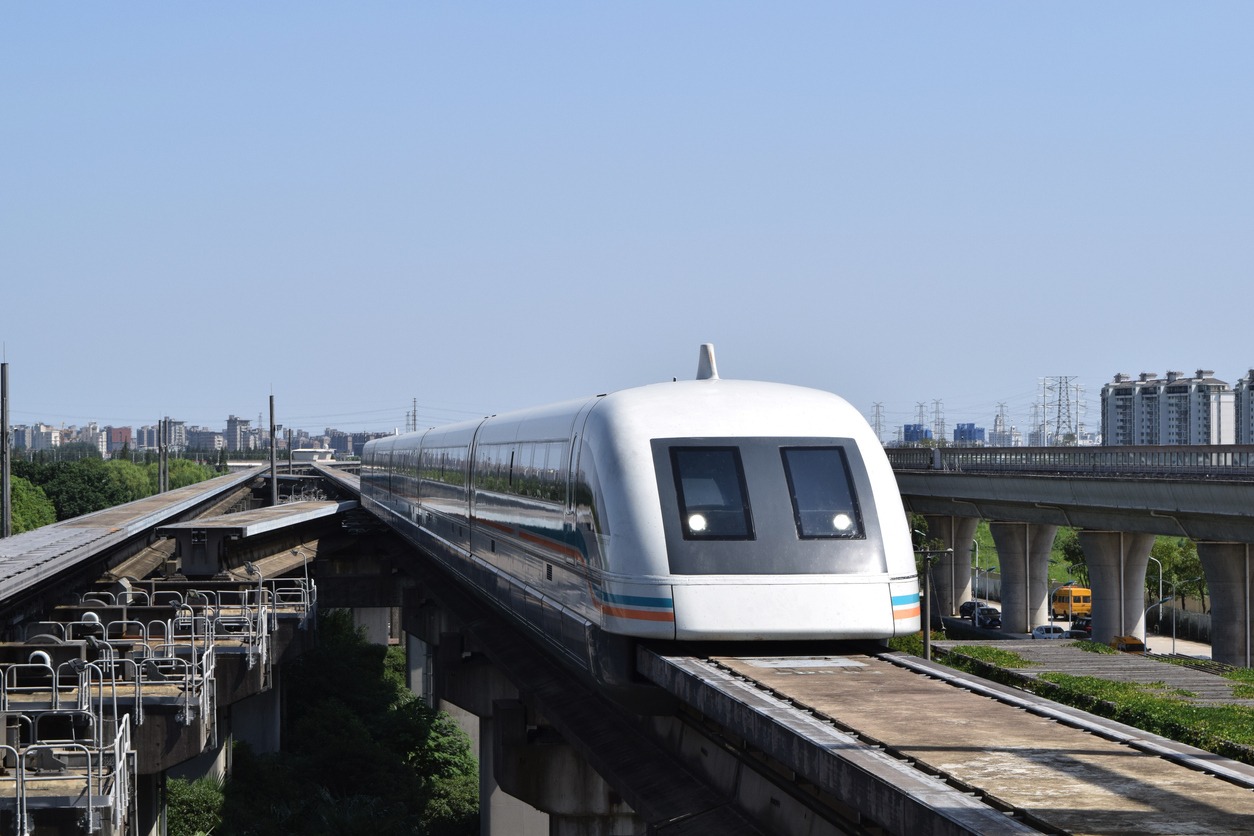
Maglev propulsion, utilizing powerful magnets to levitate the train above the tracks, represents the zenith of high-speed rail technology.
| System | Location | Top Speed | Description |
|---|---|---|---|
| Transrapid | Shanghai, China | 431 km/h | First commercial high-speed maglev |
| SCMaglev | Yamanashi, Japan | 603 km/h (test speed) | Holds the world speed record for rail vehicles |
What challenges influenced high-speed rail design?
The design of high-speed rail has been significantly influenced by a series of challenges that necessitated inventive responses. A paramount concern has been the balancing of higher speeds with passenger safety, leading to the development of enhanced train stability and sophisticated emergency systems. The imperative to minimize environmental impact has propelled the integration of sustainable practices, such as leveraging renewable energy and pioneering energy-efficient train designs. Moreover, the introduction of noise reduction techniques has been critical in addressing the acoustic effects on communities near high-speed rail lines. These challenges have not only steered the technological progression of high-speed rail but have also emphasized the necessity for trains that are swift, secure, eco-friendly, and mindful of their environmental and social implications.
Balancing higher speeds with passenger safety
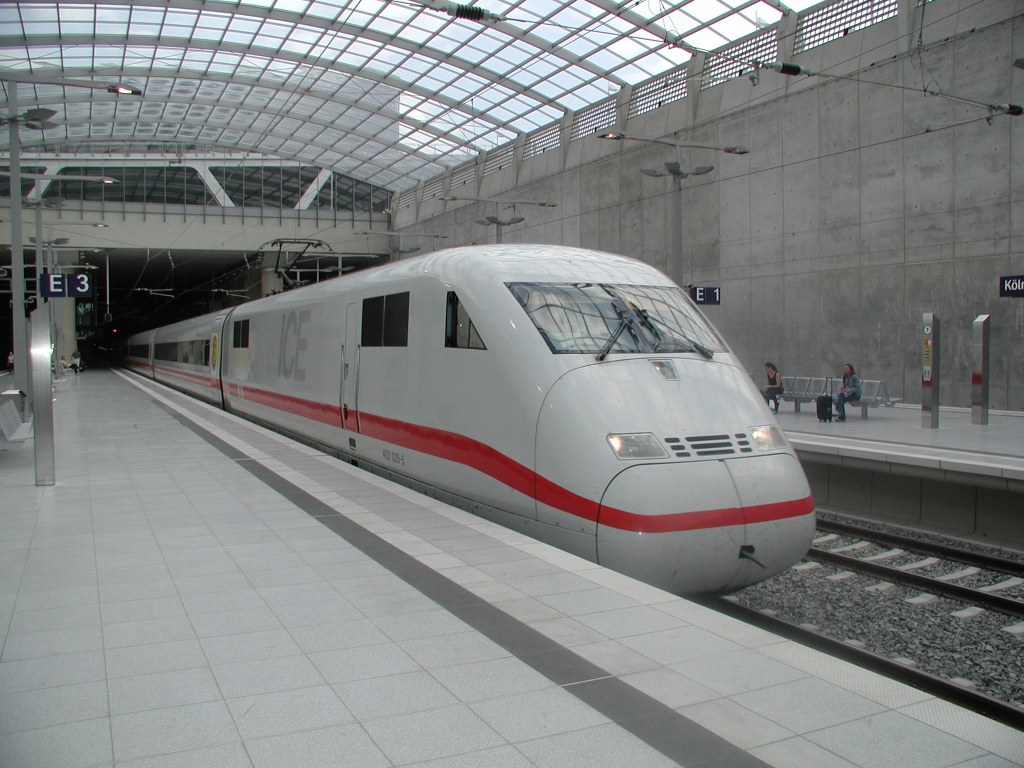
Ensuring passenger safety at higher speeds has led to the development of advanced safety technologies.
| Technology | Description | Example Implementation |
|---|---|---|
| Automatic Train Control (ATC) | Prevents collisions by controlling train speed | Shinkansen (Japan) |
| Crash Energy Management (CEM) | Reduces impact force in collisions | TGV (France) |
| Derailment Detection | Detects and responds to derailment conditions | ICE (Germany) |
Minimizing environmental impact
High-speed rail systems have adopted green technologies to minimize their environmental footprint.
| Technology | Description | Example Implementation |
|---|---|---|
| Solar Power Integration | Powers stations and infrastructure with solar energy | China Railway High-speed |
| Regenerative Braking | Converts braking energy into electricity | Shinkansen E5 and E6 series (Japan) |
| Eco-Friendly Materials | Uses recycled materials for construction | AGV Italo (Italy) |
Noise reduction techniques
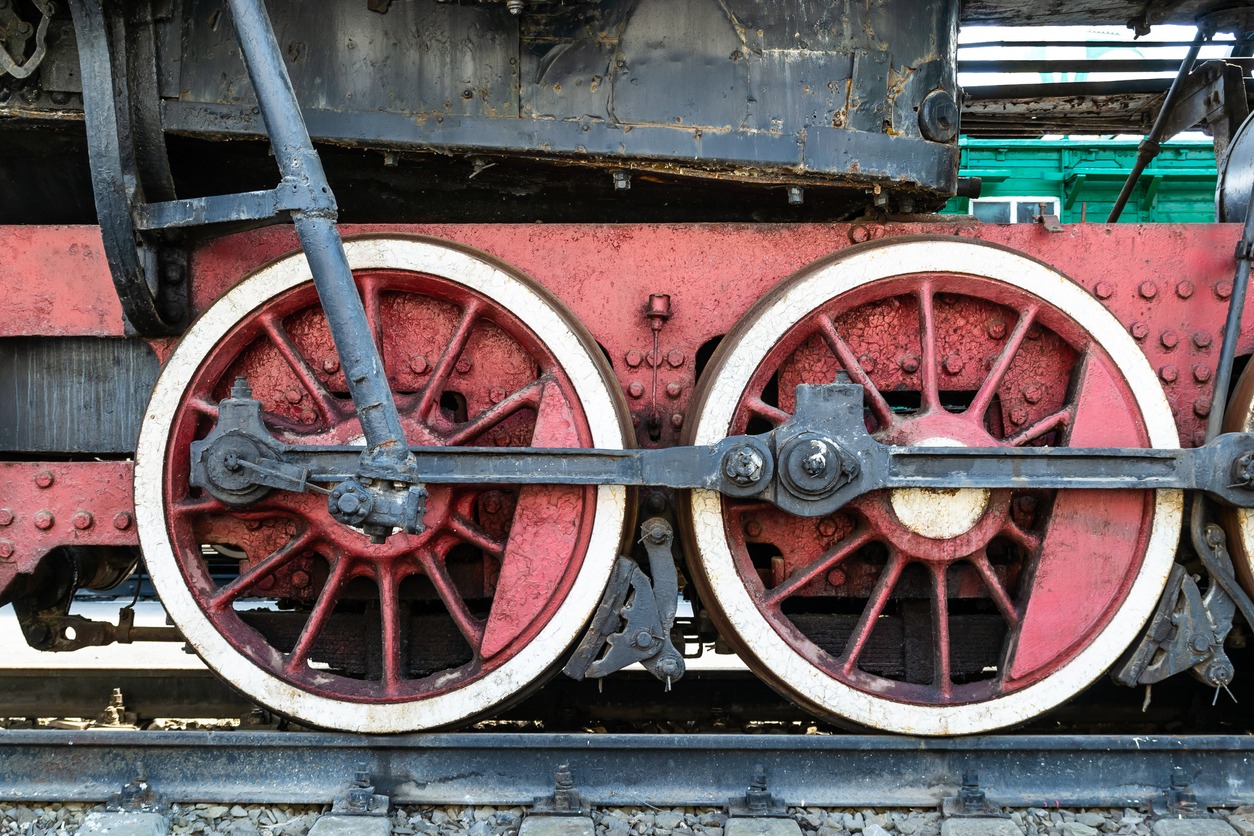
Specific techniques have been adopted to reduce noise pollution from high-speed trains.
| Technique | Description | Example Implementation |
|---|---|---|
| Track Lubrication | Reduces friction and noise between wheel and rail | TGV (France) |
| Noise Barriers | Physical barriers to block sound waves | Shinkansen (Japan) |
| Streamlined Train Design | Reduces aerodynamic noise | ICE 3 (Germany) |
Energy-efficient designs
Innovations in train design and operation have led to increased energy efficiency.
| Innovation | Description | Example Implementation |
|---|---|---|
| Lightweight Materials | Reduces train weight, requiring less energy to move | AGV Italo (uses aluminum and composites) |
| Aerodynamic Design | Reduces air resistance at high speeds | CRH380A (China) |
| Energy Management Systems | Optimizes energy use throughout the train network | ETR 1000 (Italy) |
How has technology impacted the evolution of high-speed rail design?
Technology has served as a pivotal catalyst in the evolution of high-speed rail design, fostering advancements that have redefined speed, efficiency, and environmental sustainability. The adoption of computer-aided design (CAD) tools has marked a revolution in precision engineering, enabling the creation of more aerodynamic and efficient train models. Simulation technologies have been instrumental in elevating safety and efficiency, by facilitating dynamic stress testing and scenario analysis. These technological strides have not only enhanced the performance and reliability of high-speed trains but also underscored their role in pioneering eco-friendly transportation solutions. With ongoing technological innovation, the future of high-speed rail design looks poised to surpass current limitations, promising even faster, safer, and more sustainable rail travel.
Adoption of computer-aided design (CAD) tools
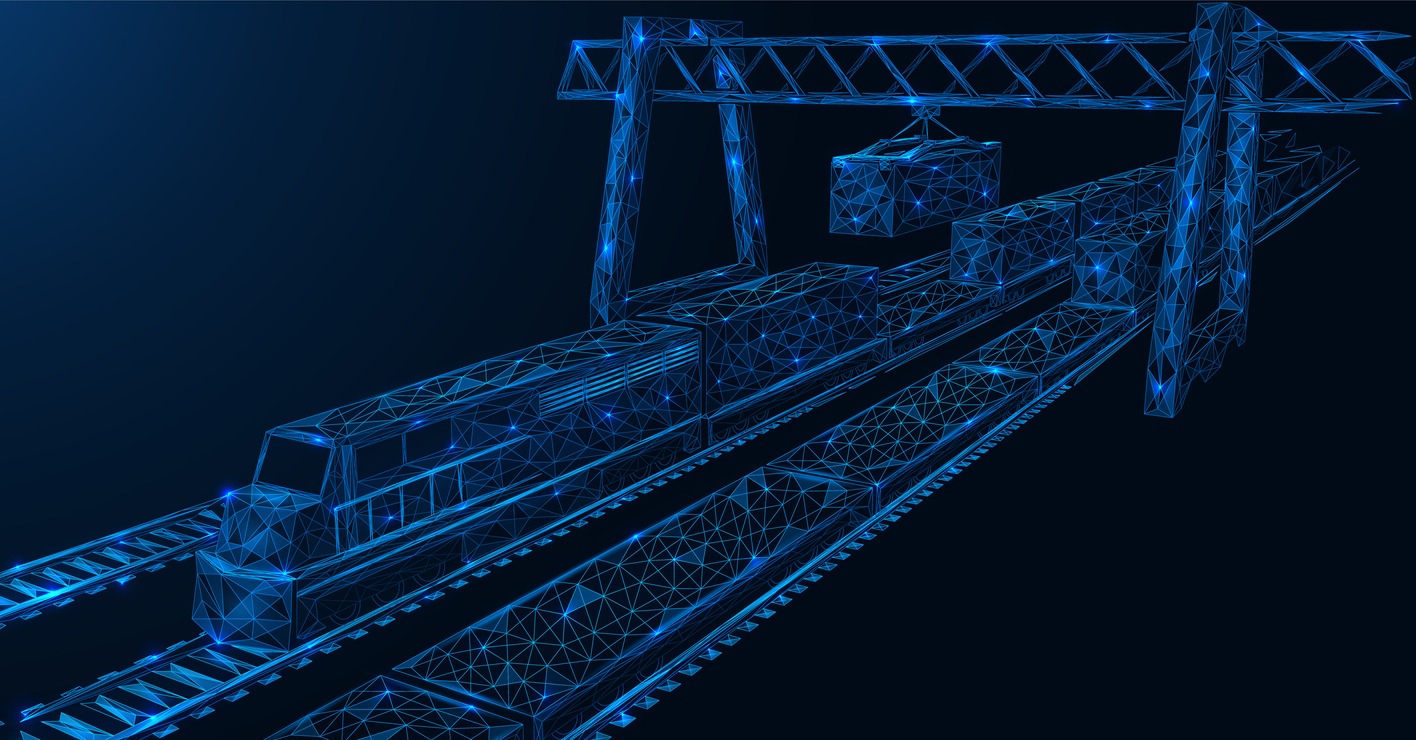
The adoption of CAD tools has significantly impacted the design and development of high-speed trains by allowing for precise modeling and simulation.
| CAD Tool | Train Model | Impact |
|---|---|---|
| Siemens NX | ICE 3 (Germany) | Enabled complex aerodynamic shape design, reducing drag. |
| CATIA | AGV Italo (Italy) | Facilitated the integration of lightweight materials, improving efficiency. |
Use of simulation technologies for safety and efficiency
Simulation technologies have been crucial in enhancing the safety and operational efficiency of high-speed rail systems.
| Simulation Technology | Purpose | Example Implementation |
|---|---|---|
| Multi-body Dynamics Simulation | To analyze and improve train stability at high speeds. | Shinkansen (Japan) |
| Computational Fluid Dynamics (CFD) | To optimize aerodynamic performance and reduce energy consumption. | CRH380A (China) |
Dynamic simulations for stress testing
Dynamic simulations have played a key role in stress testing, ensuring the durability and safety of high-speed trains under various conditions.
| Simulation Type | Description | Example Implementation |
|---|---|---|
| Structural Stress Analysis | Evaluates the train's response to dynamic loads and stresses. | TGV Duplex (France) |
| Crash Simulation | Assesses the impact of collisions on train design and passenger safety. | ETR 1000 (Italy) |
What are the future trends in high-speed rail design?
The horizon of high-speed rail design is shaped by a blend of innovation and sustainability, focusing on the integration of automation and smart systems. These advancements promise to elevate operational efficiency and safety to new heights. The advent of autonomous train operation stands at the forefront, poised to transform the landscape of rail travel with unmatched precision and reliability. Concurrently, the implementation of real-time monitoring and maintenance systems is set to revolutionize infrastructure management, ensuring peak performance and durability.
A profound focus on sustainability and energy efficiency drives the evolution of high-speed rail, with initiatives like renewable energy sources and regenerative braking systems leading the charge towards minimizing environmental impact. These forward-looking trends envision a future where high-speed rail is not only faster and more secure but also more sustainable and technologically sophisticated, charting a course towards an eco-friendly and efficient mode of transportation.
Integration of automation and smart systems
The integration of automation and smart systems marks a transformative phase in high-speed rail, enhancing both operational efficiency and safety. Leveraging the latest in technology, these systems facilitate advanced control mechanisms, predictive maintenance capabilities, and improved passenger amenities, setting the stage for a futuristic rail travel experience.
Autonomous train operation
Autonomous train operation emerges as a groundbreaking innovation, aiming to elevate the reliability and safety standards of high-speed rail. Through automation, trains can operate independently, minimizing human error and optimizing schedules, all while adhering to stringent safety protocols.
Real-time monitoring and maintenance systems
Implementing real-time monitoring and maintenance systems is vital for the upkeep and efficiency of high-speed rail infrastructure. These systems offer instant diagnostics of train and track conditions, enabling swift action to maintain seamless operation and uphold the integrity of the rail network.
Focus on sustainability and energy efficiency
A dedicated focus on sustainability and energy efficiency is at the heart of future high-speed rail development. This commitment involves reducing energy use and environmental footprint, positioning high-speed rail as a leading example of eco-friendly mass transportation.
Renewable energy sources
The integration of renewable energy sources into high-speed rail operations underscores a commitment to environmental stewardship. Solar, wind, and other sustainable energies are being harnessed to power trains and infrastructure, driving the shift towards a more sustainable and carbon-neutral future.
Regenerative braking systems
Regenerative braking systems stand out as a key innovation in enhancing the energy efficiency of high-speed trains. By recapturing energy during braking and converting it into usable electricity, these systems significantly cut down on waste and energy consumption, furthering the sustainability objectives of modern rail systems.

